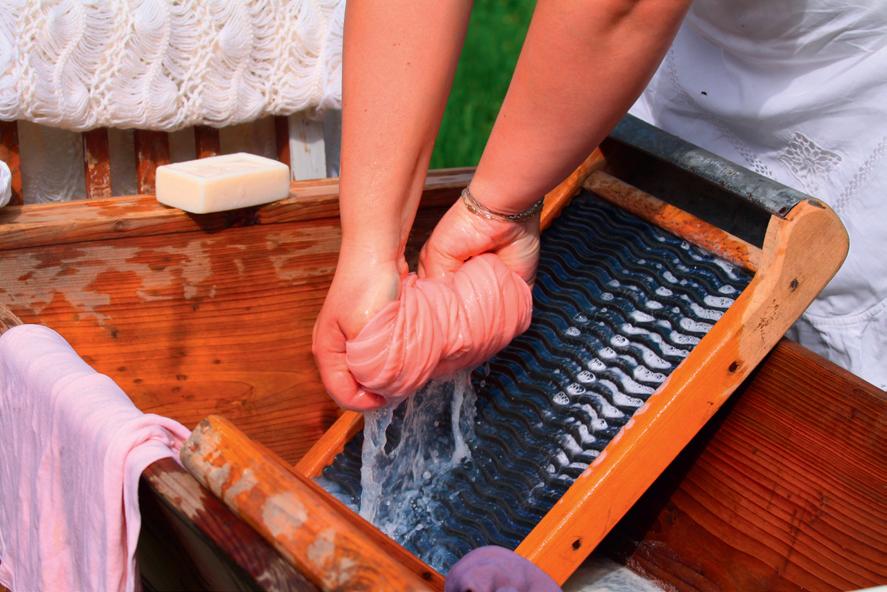
3 minute read
pracTicE QUEsTiONs
1. Liver contains the enzyme catalase. This enzyme catalyses the breakdown of hydrogen peroxide into water and oxygen.
2H2O2 → 2H2O + O2 a. Why was there a loss in mass during this experiment? b. i. Describe the most suitable control for this experiment. ii. Explain why this control is necessary. c. Describe the relationship between the rate of this reaction and time. d. Explain the reason for the shape of the curve at: i. X ii. Y. e. Explain, in terms of activation energy, why hydrogen peroxide decomposes slowly at room temperature, but very rapidly if catalase is added. b. An amylase enzyme converts starch to maltose syrup which is used in the brewing industry.
A 1 g piece of liver was dropped into a beaker containing 50 cm3 of hydrogen peroxide. The loss of mass by the beaker and its contents was measured for the next 15 minutes. The graph in Figure Q1 shows the processed results of this experiment.
2. a. Many reactions take place in living cells at temperatures far lower than those required for the same reactions in a laboratory. Explain how enzymes enable this to happen.
Describe a biochemical test to identify: i. starch ii. a reducing sugar such as maltose. c. The graph in Figure Q2 shows the results of tests to determine the optimum temperature for the activity of this amylase. i. Copy and complete Table Q1 for the optimum temperature for the activity of amylase at each pH value.
Optimum temperature /ºC
Table Q1 ii. Describe and explain the effect of temperature on the rate of reaction of this enzyme at pH 4.
AQA June 2006 Paper 1 Q4 a. An enzyme catalyses only one reaction. Explain why. b. Gout is a disease caused by the build-up of uric acid crystals in joints. Uric acid is produced from xanthine in a reaction catalysed by the enzyme xanthine oxidase. xanthine oxidase xanthine uric acid
3.
Allopurinol is a drug used to treat gout.
Figure Q3 shows the structures of xanthine and allopurinol. Use this information to suggest how allopurinol can be used to treat gout.
AQA June 2013 Paper 1 Q2 a. Addition of a phosphate group to the non-functional form of TK leads to production of the functional form of TK. Explain how. b. The binding of the functional form of TK to its substrate leads to cell division. Chronic myeloid leukaemia is a cancer caused by a faulty form of TK. Cancer involves uncontrolled cell division. Figure Q5 shows the faulty form of TK. c. Imatinib is a drug used to treat chronic myeloid leukaemia. Figure Q6 shows how imatinib inhibits faulty TK
4. The enzyme tyrosine kinase (TK) is found in human cells. TK can exist in a non-functional and a functional form. The functional form of TK is only produced when a phosphate group is added to TK. This is shown in Figure Q4.
Suggest how faulty TK leads to chronic myeloid leukaemia.
6. Enzymes are proteins. Explain how the structure of protein molecules makes it possible for cells to produce enzymes that are able to catalyse all of the different metabolic reactions that take place in the human body.
7. Read the passage and then answer the questions that follow.
The enzyme catalase, sometimes known as peroxidase, is found in almost all living organisms. The enzyme catalyses the decomposition of hydrogen peroxide to water and oxygen.
Using all of the information, describe how imatinib stops the development of chronic myeloid leukaemia.
AQA January 2013 Paper 1 Question 5 a. The student decided to measure the rate of reaction by measuring the volume of oxygen produced. Explain why, for this reaction, this is better than measuring the rate of disappearance of the substrate. b. i. Suggest a suitable range of temperatures that the student should use in her experiment. Justify your suggestion. ii. Suggest a suitable interval between the values of temperature used. Justify your suggestion. iii. Describe how the student could vary the temperature during her experiment. c. i. The student decided that she needed to keep the pH of the reacting mixture constant. Describe how she could do this. ii. State two other variables that the student must keep constant during her experiment.
5. A student investigated the effect of temperature on the rate of reaction of catalase. Catalase increases the rate of breakdown of hydrogen peroxide to water and oxygen.
Catalase is a protein with quaternary structure. It is made up of four polypeptide chains, each of which has a haem group. The precise structure of catalase varies between different species, and the differences between the positioning and types of bonding holding the three-dimensional structure of the molecule together means that catalases from different species can have very different values for their optimum temperature and optimum pH.
Despite the differences in their structure, all catalases have an active site that allows hydrogen peroxide molecules to form temporary bonds with the side chains of asparagine and histidine amino acids, and this causes an oxygen atom to leave the hydrogen peroxide molecule. The iron ion in the haem group is also involved in catalysing the conversion of the substrate to the two products.
In humans, lack of catalase activity has been implicated in the process that causes hair to go grey as we age. Normally, catalase in the hair follicles breaks down hydrogen peroxide that is formed there as a by-product of various metabolic reactions. However, as we age, catalase activity in hair follicles decreases and hydrogen peroxide is not broken down as effectively. The hydrogen peroxide bleaches the hair.
Bombardier beetles make use of catalase to defend themselves from predators. The beetles store two chemicals – hydrogen peroxide and hydroquinone – in two



